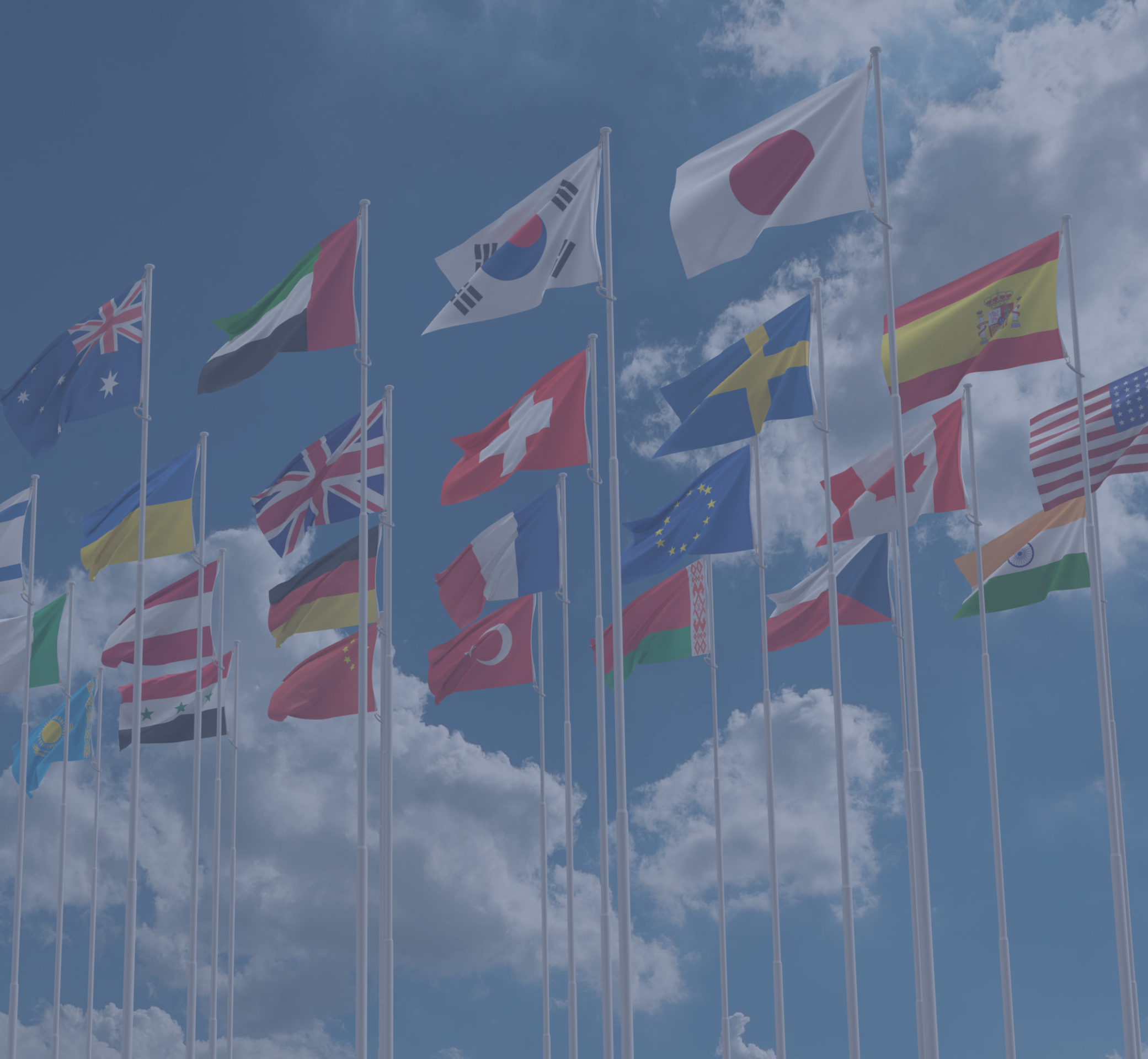Napisao Joseph Magero
The World Health Organization (WHO) has recommended a comprehensive set of tobacco cessation interventions. The interventions include behavioral support delivered by health-care providers, digital cessation interventions, and pharmacological treatments in a first guideline on tobacco cessation.
WHO recommends varenicline, Nicotine Replacement Therapy (NRT), bupropion, and cytisine as effective treatments for tobacco cessation. However, while the guideline marks a pivotal moment in public health, it also brings to light the stark affordability challenges faced by smokers in Sub-Saharan Africa.
The Affordability Crisis in Africa
Despite the potential benefits of these guidelines, the reality for 77 million adult smokers in Sub-Saharan Africa is grim. The cost of recommended treatments remains prohibitively high for most of the population.
Prema recent studies, the average price of a complete course of NRT or prescription medication can exceed the monthly income of many African households. This financial barrier makes it nearly impossible for millions of smokers to access effective cessation treatments.
The disparity in access to tobacco cessation treatments is a stark example of the broader health inequities that persist between high-income and low-income countries. In many African nations, healthcare systems are already stretched thin, with limited resources available for preventive care.
The high cost of cessation therapies further exacerbates these challenges, leaving many smokers with no viable options to quit. South Africa is currently the only country with specific smoking cessation guidelines in Africa.
The omission of harm reduction from proposals in W.H.O.’s roadmap to tackle the smoking crisis is bewildering. Most African countries have minimal – if any – resources allocated for tobacco control. However, tobacco harm reduction is a low-cost intervention for governments since manufacturers bear the research and development costs, while consumers meet the purchase costs. In addition, as well as helping smokers to quit cigarettes, safer nicotine products have the potential to prevent the uptake of smoking in the first place.






Jedan odgovor